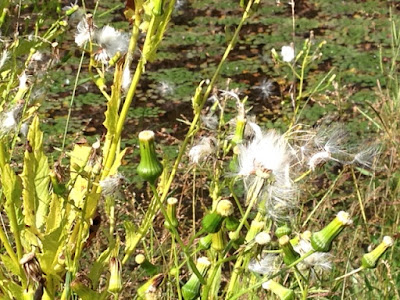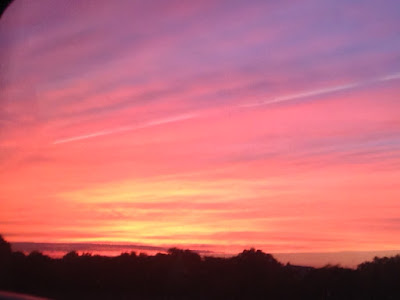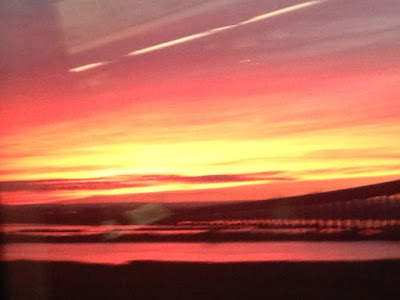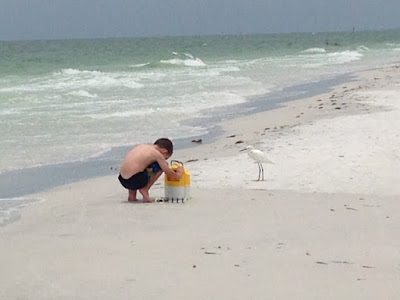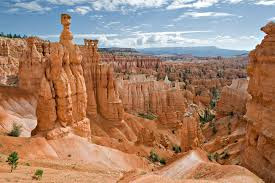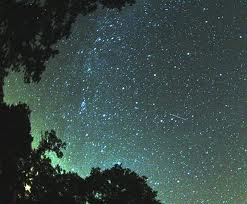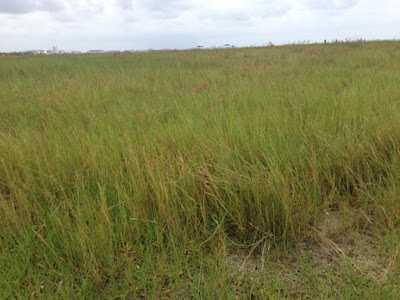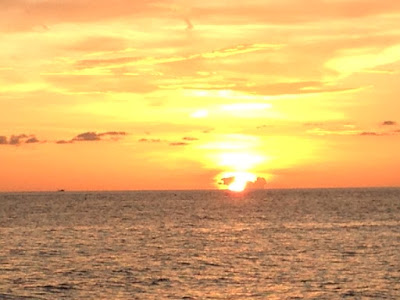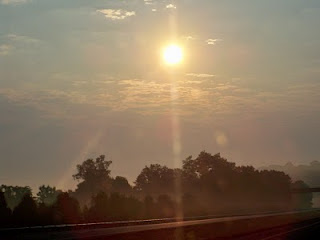Milkweed on the Fly
A bushwhacking expedition wasn’t on Sunday’s list of activities, but on the way back from breakfast I noticed a brown Fairfax County Park sign in a place I’d never seen one before, at the intersection of Fox Mill and Waples Mill Roads. We doubled around and pulled into a small lot that used to be in front of a great wall of bamboo.
A man was there weed whacking. He stopped and talked, said he lived nearby and was trying to make the area presentable. He pointed out a barely discernible path through the meadow. Bamboo never totally leaves a place, of course; it just bides its time. For now, though, the little park is walkable.
A quarter mile into the tangle of grasses and weeds, there was a small, clogged pond and a stand of cat tails. Milkweed pods filled the air with their fairy fluff; I tried to photograph each cottony morsel as it flew by.
It was next to impossible, but I had fun trying.
